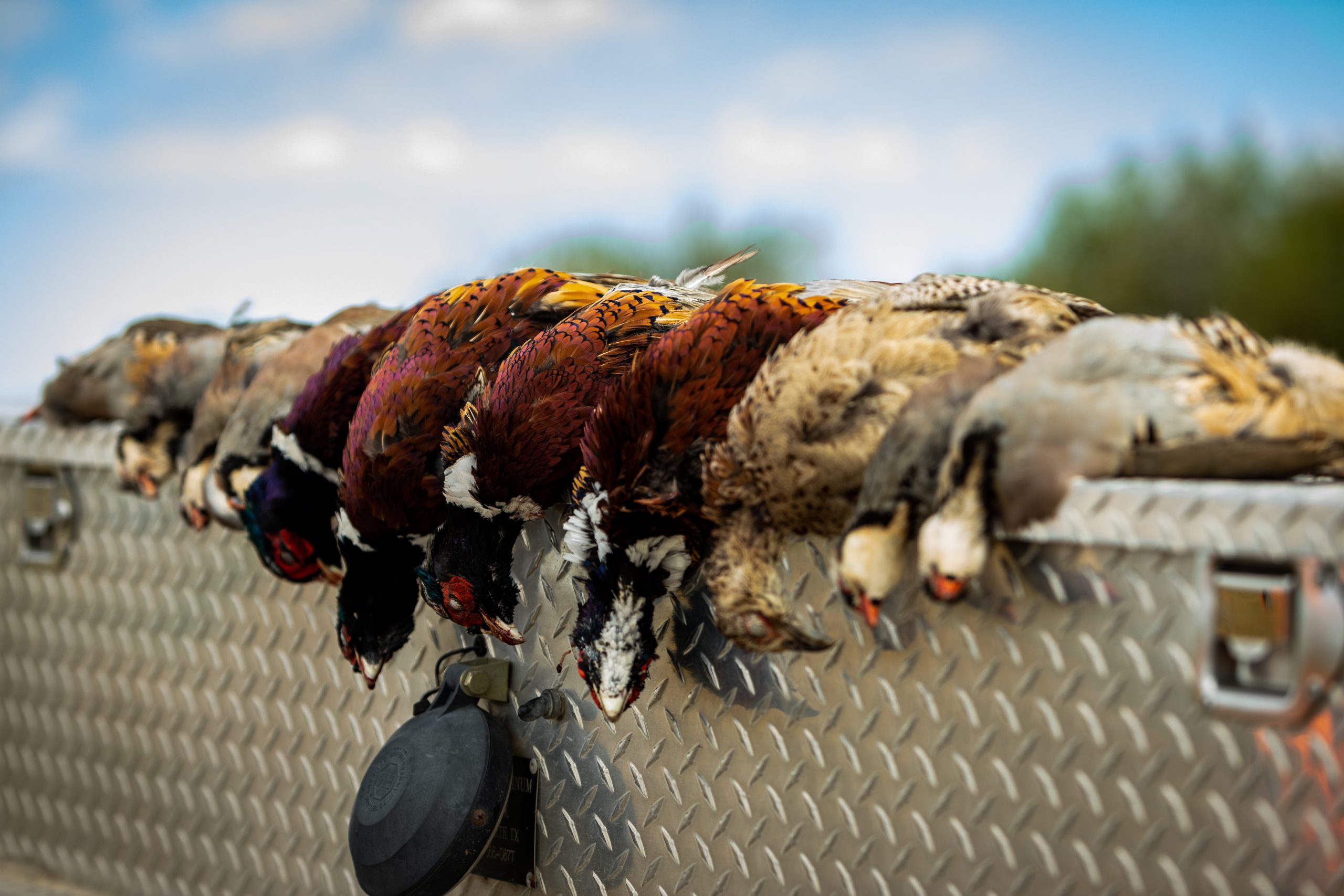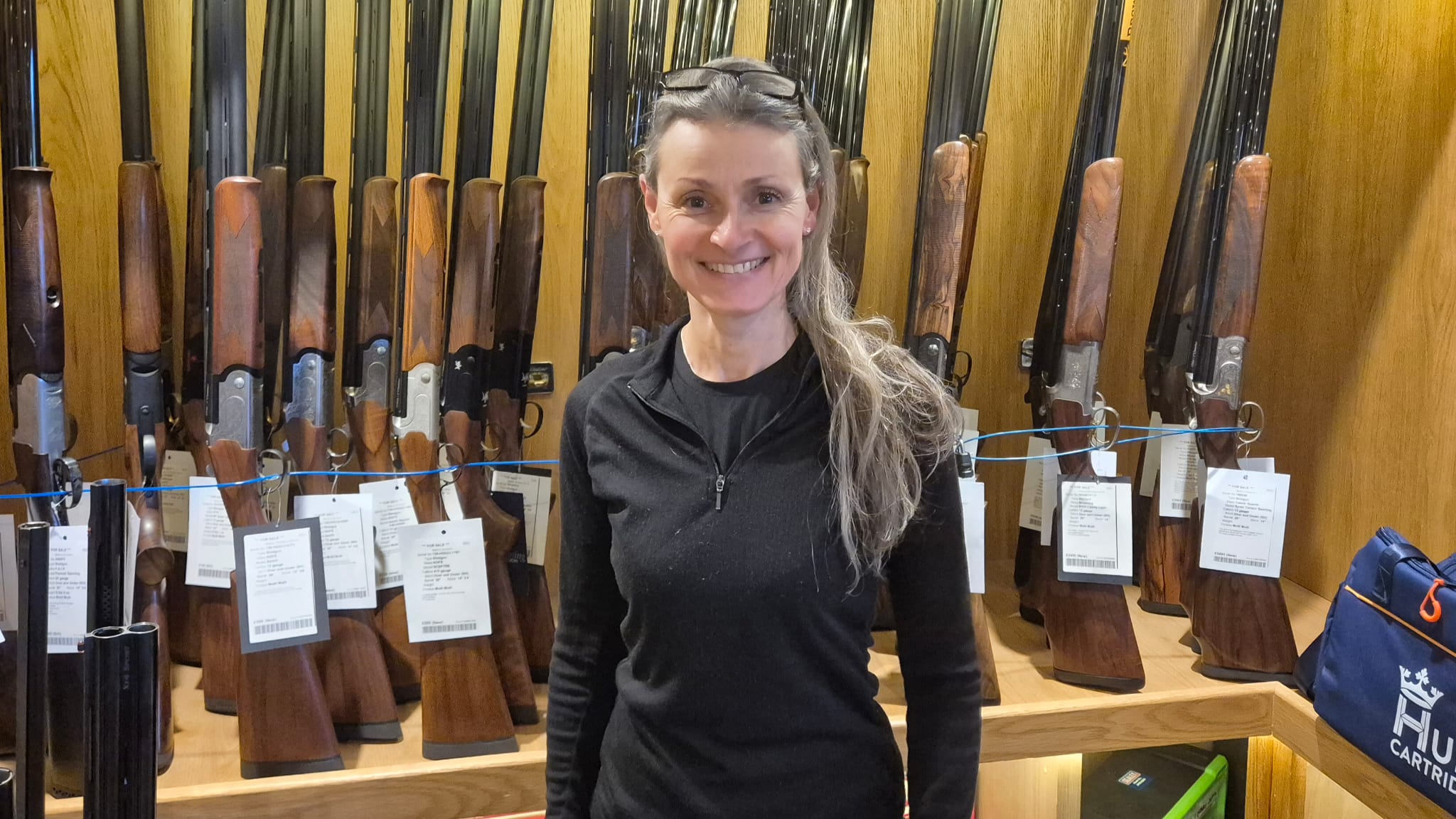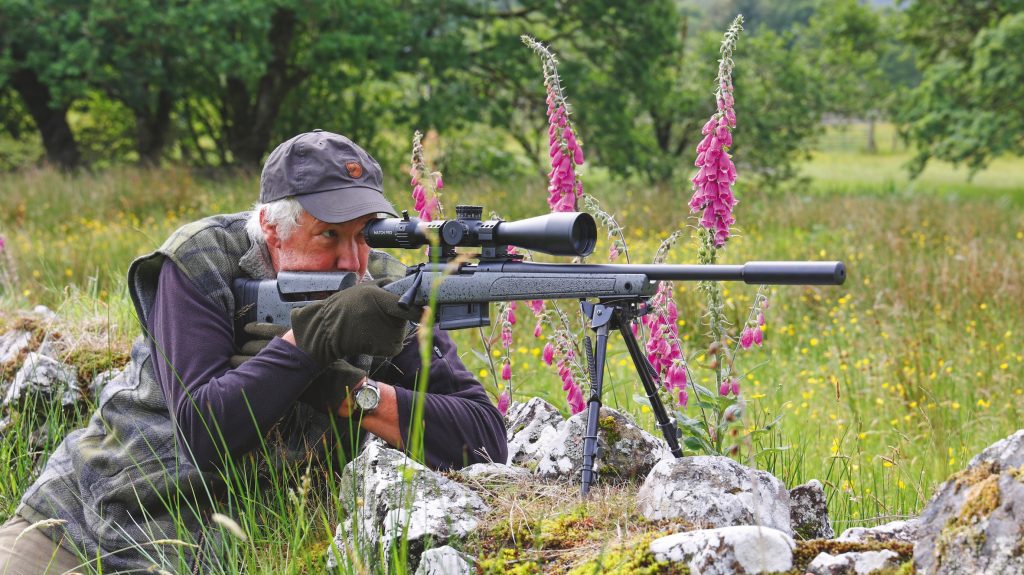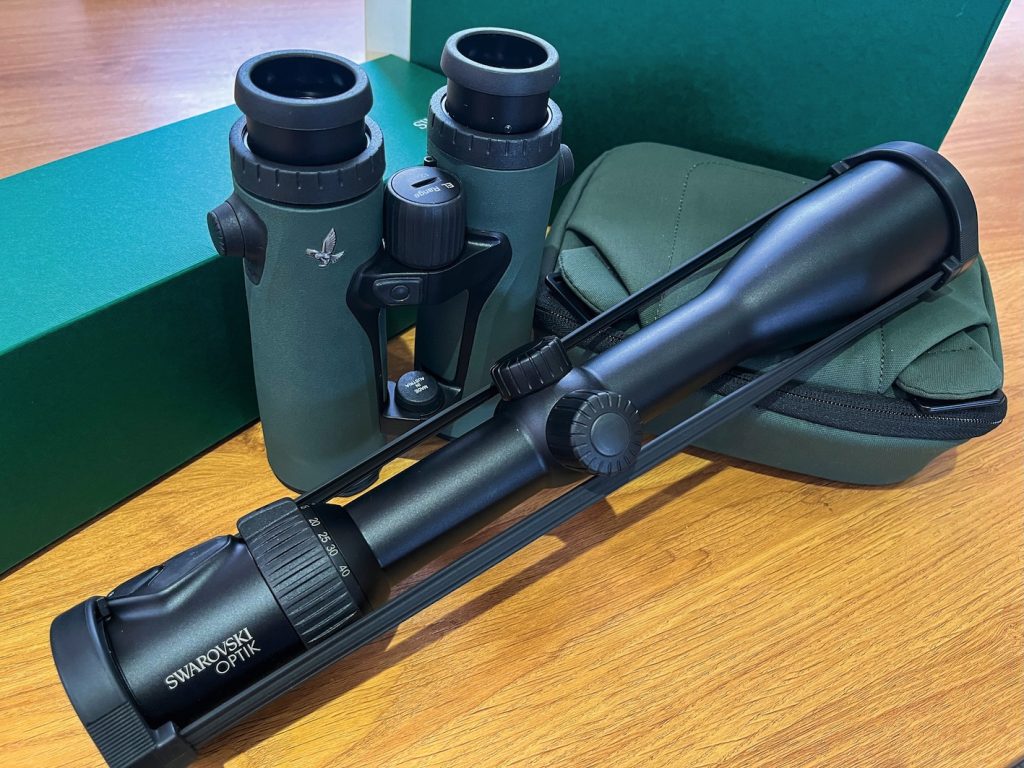A night on the Stellar
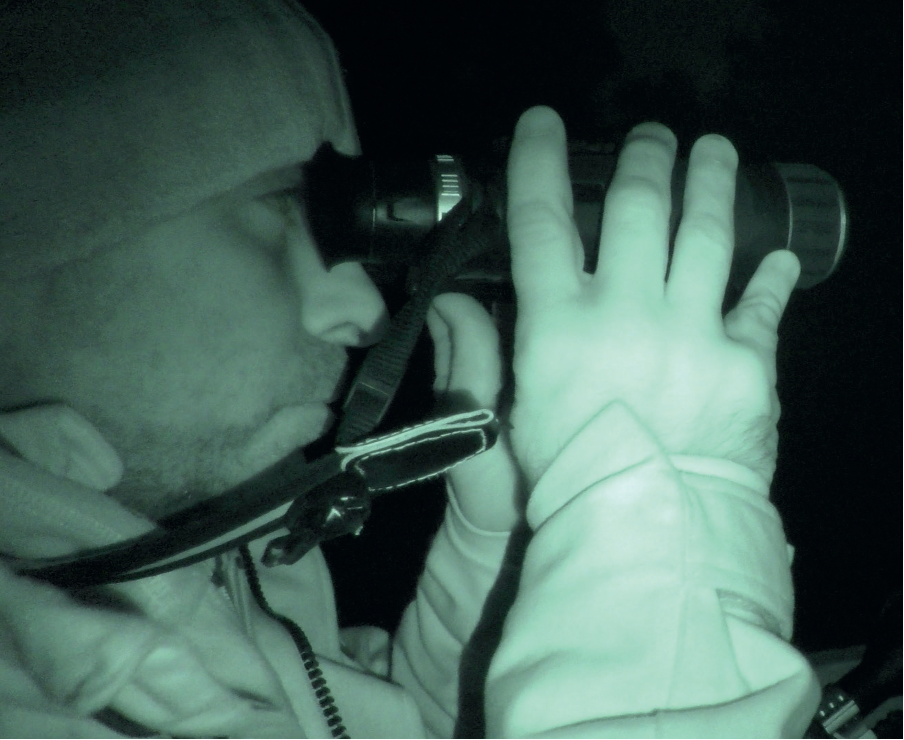
Mark Ripley is delighted with the new HikMicro Stellar 3, as he uses it to put an end to the activities of a foxy chicken thief on a wet and miserable night in a highseat.
The night vision and thermal market never ceases to amaze me with how fast it evolves, continually bringing new and better products to market. Not only is technology moving inexorably forward, but we’re also seeing more brands entering the market, which has resulted in prices becoming more competitive. One brand that has taken the market by storm, and is hell-bent on becoming the market leader (something it’s well on the way to achieving), is HikMicro. Having already produced two versions of the Stellar thermal scope I wasn’t surprised to see it upgraded again – with some seriously impressive extras.
The first improvement in the Stellar 3 is overall performance, with a sub-15mK sensor that delivers a crisp, sharp picture, giving anything else on the market a run for its money – and likely winning hands down.
Laser rangefinder
Another real advance is the integrated laser rangefinder built into the front lens, which gives the scope a nice, streamlined appearance. It also features some clever ballistics software that provides holdovers based on the data entered for your rifle and chosen ammunition.
I was fortunate enough to have one of these scopes arrive at my door for review and wasted no time getting it mounted on a rifle and zeroing it. I chose to put it on my .223 as it was already fitted with the impressive InfiRay TH50 V2 thermal scope on Sportsmatch quick-release mounts. Removing it temporarily to review the Stellar 3 would be no trouble as I wouldn’t need to re-zero the rifle for the InfiRay once the Stellar was returned.
Being familiar with the HikMicro Alpex scope, I was pleased to see that the Stellar used an almost identical menu and zeroing system. In five rounds I had the scope zeroed at 100yd from an initial bore sighting. Even in daylight the image quality was impressive and I had no trouble at all clearly seeing a steel target and the resulting hot bullet impacts at 100yd.
No sooner had I zeroed the rifle than a squirrel, oblivious to the danger around it, wandered out in front of me at around 30yd. I couldn’t resist vaporising it with a 53gr V-Max to draw first blood with the scope. Suitably confident the scope was zeroed, I set off to find some more appropriately sized quarry – a fox.
As it happened, one such animal had been taking chickens from a smallholding that a friend and I look after. This is a recurring problem, with each fox swiftly replaced by another offender.
Highseat
The foxes regularly follow the same route into the area, so we’ve built a highseat behind the barn to intercept them. The property owner has also helpfully placed table scraps in an area in front of the seat. As the ground is relatively flat, the high seat offers added safety and allows a view of both sides of the hedge dividing two paddocks behind the barn – both areas foxes frequently travel through.
The owner had recently texted to say she had spotted a fox in the yard at around 7.30pm, and as it was my turn to deal with the problem I dropped her a message asking if I could come over that evening. By 6.30pm I hadn’t received a reply, so I decided to settle in for a night off. Just as I was pouring a vodka and coke my phone chirped with a message: “Yes of course, help yourself!” With little time to spare I hurriedly gathered my rifle and gear and headed over.
The wind had picked up and the temperature had dropped somewhat, so I threw on a fleece under a waterproof jacket and climbed into the highseat to wait for the fox. Other than a few rabbits and the odd rat, the thermal showed nothing happening around the paddocks, so I settled in for a wait.
Then after about 10 minutes the first drops of rain began to fall. I immediately regretted not wearing waterproof trousers as the tops of my legs were soon uncomfortably damp. I didn’t dare go back to the truck for fear of missing the fox, so I huddled forward to minimise the rain hitting my legs. The scope was certainly getting a waterproof test as the showers persisted for the next hour and a half. I had already resigned myself to the fact that the evening was probably a bust and decided that 9.30pm would be my cut-off.
Close range
From time to time a fox will wander from the yard around the side of the barn, appearing as close as 30yd or 40yd to my left, which makes for a tricky shot. Turning to shoot a fox at such close range is no easy feat. The highseat helps by increasing the distance, although to a fox looking up from the barn you are silhouetted against the sky.
Just before I was about to call it a night, a fox appeared to my left in the paddock, having come from the yard. For a moment it stood staring in my direction and we had the classic Mexican stand-off. To my surprise, it saw no immediate danger and continued its path across the field. I waited for it to clear the overhanging branches of a nearby oak tree and gave it a well-practised “Oi!” to stop it. As usual, the fox froze, its head whipping around to look at me. I already had the rifle up and resting on the arm of the seat, tracking it through the scope.
Once you’ve stopped a fox like this, you typically get three to five seconds to take your shot before it moves again. Often, if the fox was previously unaware, you can stop it two or three times before it picks up pace and departs.
With a brief window for the shot, I quickly brought the crosshairs onto its chest and squeezed the trigger. I saw a splash behind the fox as it leapt back and dashed off across the field. Cursing my poor shot, I replayed the footage. The scope’s recoil-activated recording automatically captures footage before and after the shot and, like the new Alpex, the Stellar allows you to replay it through the scope.
Fox VAR
Even on replay it was hard to tell what had happened. The crosshairs had been on target, the fox’s tail had come up in a kink – a classic sign it had been hit – and something hot dropped from the fox as it ran.
With the grass wet, finding a blood trail would be difficult, especially as it was fairly long. A scan with the thermal revealed nothing, as the wet grass would hide a dead fox, and the oak trees had obscured my view after the shot. It could have circled round in any direction.
Soaking wet, I grabbed my head torch and started searching the paddock, occasionally scanning with the thermal. Despite thoroughly searching the area I found no sign of blood or tissue, so I expanded my search to the edge of the woods, 50yd away, which was the nearest cover where an injured fox could hide.
Just as I was about to give up I stumbled upon a very dead and rather large dog fox lying in the grass. My shot had landed slightly further back in the lungs. Although not a ‘drop on the spot’ shot, the fox had gone no more than 50yd before succumbing, making for a successful, though damp, evening.

